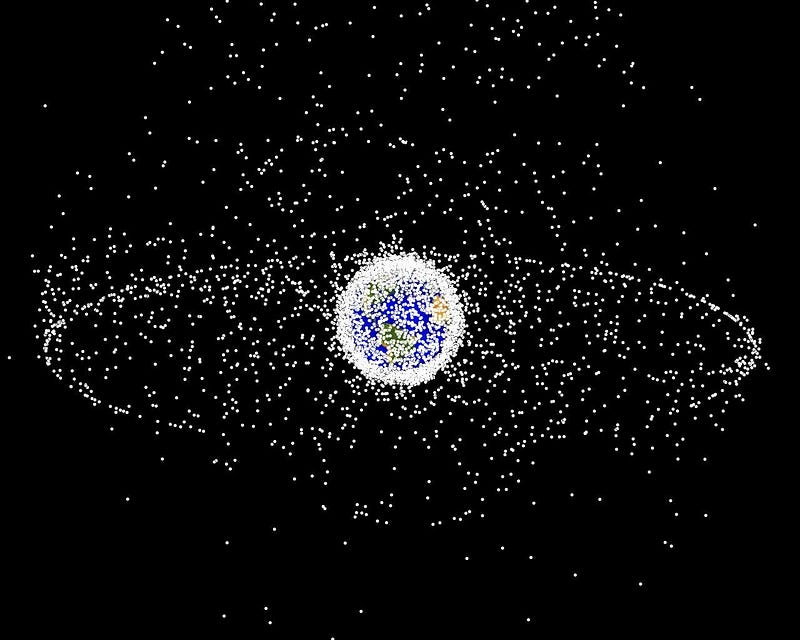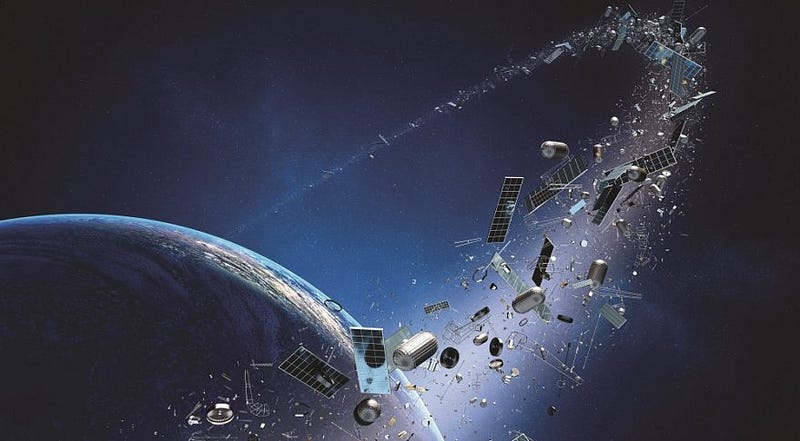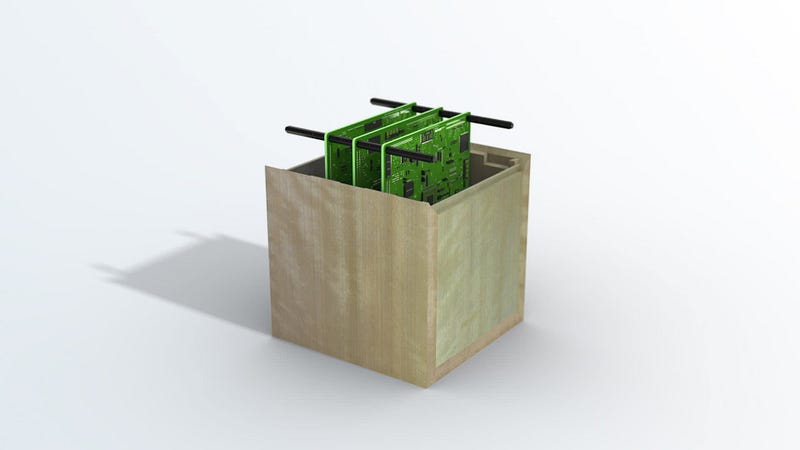Innovative Wooden Satellites Set to Combat Space Junk
Written on
The Rise of Wooden Satellites
Japan is making significant strides in technology with its groundbreaking project to launch the world's first wooden satellite, aiming to reduce pollution in Earth's orbit. This initiative follows China's recent success with the first 6G satellite intended for remote sensing.
As we benefit from advanced international communications, rapid internet access, and various satellite programs today, it's important to acknowledge the heavy toll these advancements have taken. Thousands of satellites have been deployed into orbit over the years, leading to what scientists refer to as "space junk," a form of pollution in outer space.

The Growing Challenge of Space Debris
NASA has reported that around 20,000 pieces of human-made debris currently orbit the Earth. This debris includes not only inactive satellites but also fragments from probes and shuttles launched in previous decades. The escalation of space debris has compelled international space agencies to invest in research for eco-friendly modules and satellites that can decompose upon reentry.
Why Choose Wood for Satellites?
A collaboration between Kyoto University and Sumitomo Forestry has led to the development of a wooden satellite. This raises an intriguing question: what benefits might a wooden satellite offer compared to traditional materials? Primarily, a wooden satellite could address the issue of space debris effectively.
Advantages of Using Wood
Space junk generally has two outcomes: it either remains in orbit indefinitely or it descends to Earth's surface. In the latter case, a satellite constructed primarily from wood would disintegrate upon reentry, leaving minimal harmful residues on the ground or in the atmosphere.

Another significant benefit is that wood is transparent to electromagnetic waves, which could simplify the design and implementation of antennas and control systems. However, additional research is necessary to confirm these findings before a formal launch can be scheduled. The collaboration is focused on advancing their studies to be ready by 2023, potentially facilitating the launch of numerous satellites.
An Ecological Initiative
According to the European Space Agency (ESA), over 5,500 launches have occurred in the last 60 years, averaging about 100 launches annually. This figure is expected to rise as new projects emerge. As per the World Economic Forum (WEF), approximately 6,000 satellites orbit the Earth today, with 60% categorized as inactive space junk. The advent of wooden satellites could help increase launch capacity while also mitigating the amount of debris in orbit.
The ultimate aim is to deploy predominantly wooden satellites into orbit by 2023. Scientists are deeply concerned not only about the accumulation of space debris but also about the environmental impact when these instruments reenter the atmosphere, as they can produce aluminum oxide particles that linger in the upper atmosphere for extended periods.

Current research is investigating various types of wood to evaluate their resilience under extreme conditions to ensure their suitability for the harsh environment of space. Researchers are particularly focused on wood that can withstand significant temperature fluctuations and sunlight exposure.
This innovative project may provide a partial resolution to the pressing issue of space waste, a concern that is expected to grow in significance as the number of objects in orbit, currently estimated at 760,000, is projected to rise further with the increasing activity of private space companies like SpaceX, Blue Origin, and Virgin Galactic.
Space Junk Is Now Landing On People's Homes and NASA Is Getting Sued - YouTube
This video discusses the implications of space debris on Earth, highlighting recent cases where space junk has caused issues for homeowners and the legal ramifications being pursued.
Japan Developing Wooden Satellites to Cut Space Junk - YouTube
This video explores Japan's innovative approach to combating space debris by developing wooden satellites, detailing the collaboration and technology behind this initiative.
In conclusion, the pursuit of sustainable satellite technology represents a crucial step forward in addressing the ongoing problem of space debris, with the potential to revolutionize our approach to satellite design and environmental responsibility.